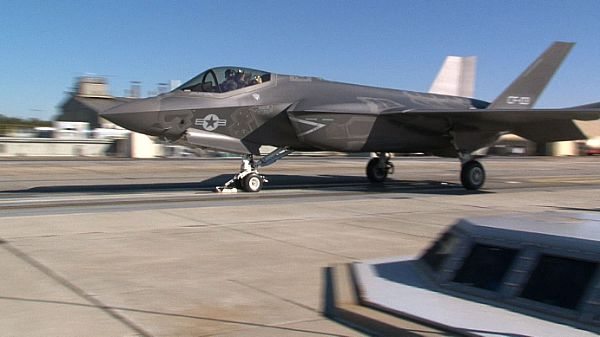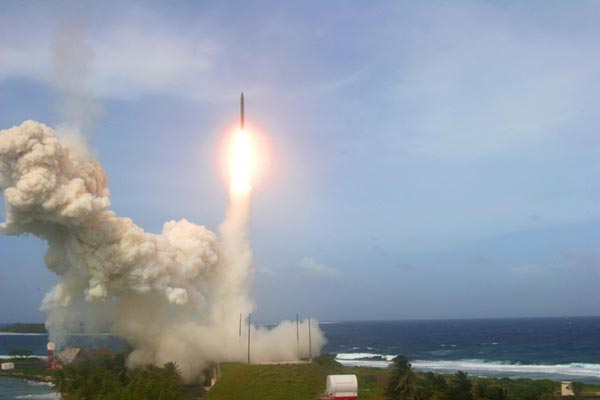The Navy has put out a call for a new fighter jet, which could potentially lead to finding a viable alternative to the most expensive jet of all time: the F-35 Joint Strike Fighter (JSF). As POGO has recommended in the past, replacing certain costly variants of the F-35 could save taxpayers tens of billions of dollars. If the Navy successfully finds a new aircraft, it could save even more—even though for now, the agency is denying that it’s actively looking for a replacement to the JSF.
According to POGO’s Spending Less, Spending Smarter report, the JSF program is costing taxpayers some $385 billion for development and production, and over the coming decades, it’s going to require more than $1.1 trillion to maintain and operate. But the Pentagon continues to claim that the aircrafts are worth the price, because we can’t survive without them.
But these aircrafts are increasingly unaffordable. The costly B and C models have been beset with delays, found to have design flaws, put on probation, and grounded due to technical problems. Former Pentagon analyst Franklin “Chuck” Spinney told the Fort Worth Star-Telegram’s Bob Cox that the problems, when taken together, “are a showstopper.”
Does that sound like a good investment? We don’t think so. In our Spending Less, Spending Smarter report we found that replacing the B and C models with the FA-18 E/F Super Hornets would save taxpayers around $43.64 billion.
According to DEW Line, the Navy has issued its Request for Information on a new fighter jet that can replace the Boeing FA-18E/F Super Hornet and EA-18G and last into the 2070s.
Finding an alternative to the Super Hornet could save taxpayers even more than we originally outlined in the report and the new aircraft will last longer, says POGO National Security Investigator Ben Freeman.
Freeman points out that “the F/A-18E/Fs are a good option for replacing the B and C models of the F-35, but in 20 years they’ll be approaching the end of their service life. Planning for their replacement now is important so the military can avoid the problems with concurrent development and production that have plagued the JSF program.”
And what will that replacement aircraft look like?
Freeman says that with “advances in unmanned-aircraft technology, it’s not inconceivable that the new aircraft could be unmanned, eliminating human constraints on the aircraft’s performance and ensuring that taxpayers get a cheaper aircraft with superior capabilities.”










